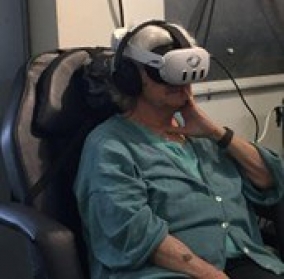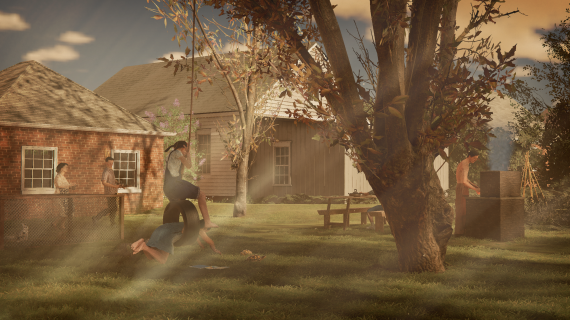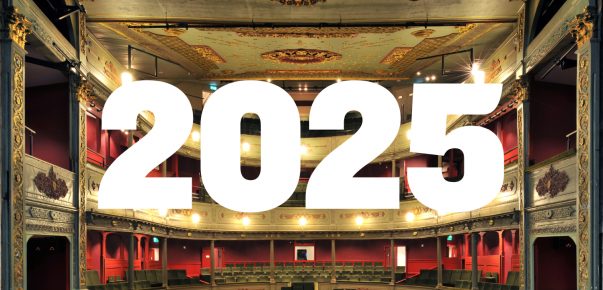An Interview with Sacha Wares on the origins of Inside: The Childhood of an Artist
18 Sep 2025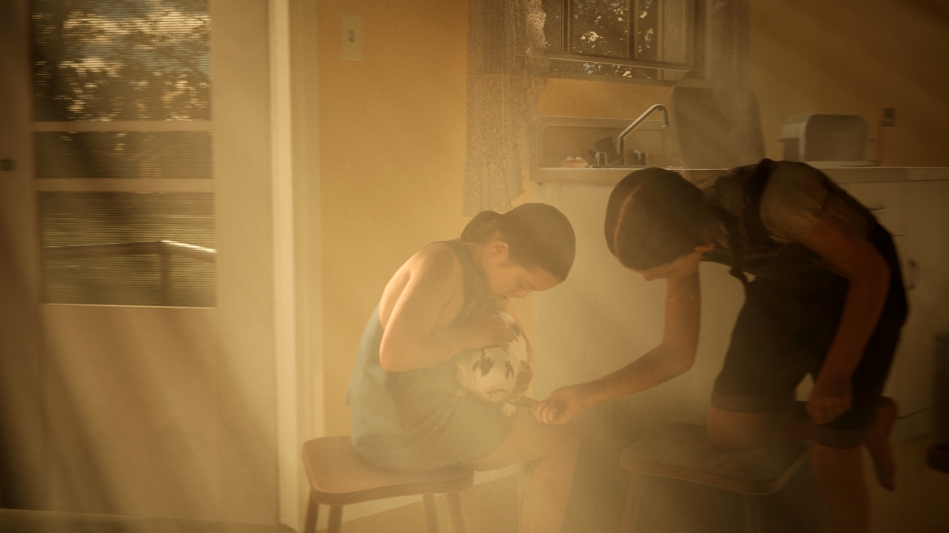
In October, director Sacha Wares brings a multisensory VR biography of the internationally acclaimed artist Judith Scott to Bristol Old Vic. We caught up with Sacha to find out about the origins of this fascinating and groundbreaking project.
How did this project come about?
I first learned of artist Judith Scott in 2011 when there was a stunning exhibition of her work in London. I immediately fell in love with her sculptures and subsequently travelled to see more of them at the Venice Biennale. The huge, textured sculptures seemed to call out to the viewer to step closer, inviting you to hold them - which of course you can’t because they are very valuable and fragile.
As I learned more about Judith’s art and her extraordinary life story, I felt strongly I wanted to find a way to dramatise her experiences and those of her twin, Joyce.
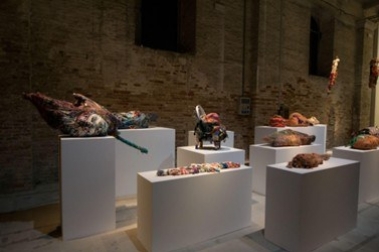

Can you summarise Judith’s story?
Judith’s story is one of the most moving stories imaginable. It’s a tale of sisterly love and fearsome resilience.
Judith Scott, who had Down syndrome and was deaf, lived for the first seven years of her life with her twin sister Joyce. At age seven, Judith was removed from the family home and placed in a state institution. Her twin, Joyce, never got over the loss. Thirty-five years later, Joyce applied for legal guardianship and brought Judith out to be with her in California. Joyce enrolled Judith on an art programme at Creative Growth Art Center in Oakland. For the next 18 years, Judith created sculptures of such beauty and power, they have been celebrated and exhibited by major art institutions the world over.
Why does this story appeal to you so much?
Judith’s story reminds us of the extraordinary power of art and the vital importance of providing opportunities for all artists to flourish and thrive.
There is a story told by Judith’s colleagues at Creative Growth that will resonate with anyone who understands what it is to be an artist. Some years into Judith’s time at Creative Growth, the building had to be closed for renovations and the artists were not able to work there. Judith refused to accept this and - even when her materials were removed and packed away - Judith was so determined to work, that she raided the paper towel store in the bathroom and continued sculpting with paper towels instead of the yarn and fabrics she usually worked with. That piece is now held in the collection of Brooklyn Museum.
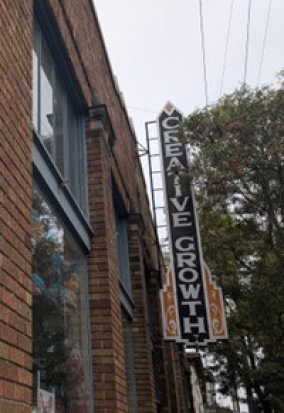
What has your research process involved?
I got in touch with Judith’s twin sister Joyce around 2017 and she agreed to collaborate on a dramatisation of their life story. Together with research designer Ultz, Joyce and I planned a road trip, visiting each of the places Judith lived and worked.
Starting in Cincinnati, Ohio, we visited the family’s former home, as well as interviewing Judith’s two older brothers Richard and Jim and her sister-in-law Carole. We then travelled to Columbus where Judith was first institutionalised, and from there went on to Gallipolis where she spent so many years cut off from her family.
Although Judith was incredibly expressive, she never learned to speak or use formal sign language, and so was never able to tell Joyce in words what she had been through in her time under state care. Placing adverts in local newspapers and social media, we managed to track down a number of people who had been in those institutions at the same time as Judith. Speaking to them, we learned a great deal about what Judith’s life there had been like. In particular we learned that Judith would have been frequently tied up with strips of cloth, a common means of restraint in overcrowded institutions at that time. This made me reflect deeply on Judith’s artistic practise, which the act of tying knots is so central to.
Finally, we travelled together to Oakland California, and visited Creative Growth, meeting many of the artists and staff Judith worked alongside.
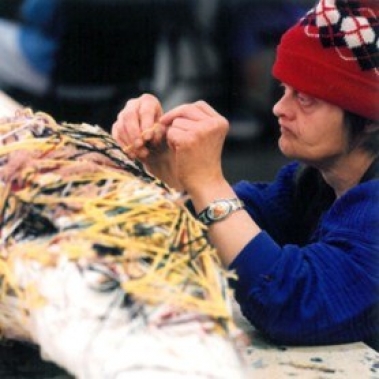
What led to the choice to tell Judith’s story as a multisensory virtual reality experience?
I am originally a theatre director and so my first instinct was to tell Judith and Joyce’s story on stage. However, when I started to explore this idea further, I found that since Judith did not use verbal language or formal sign, her character was at something of a disadvantage in the medium of theatre. Around the same time, I was introduced to virtual reality technology. I felt instantly that this was a better medium for Judith’s story since VR has the potential to invite the visitor more fully into the subject’s physical world. I wanted very much to capture the physical warmth of Judith’s early life - the summers in the garden, the closeness to her twin. I was excited that VR might offer a way to create an intensely intimate, sensory experience but I found at first that the technology wasn’t quite able to do what I wanted it to.
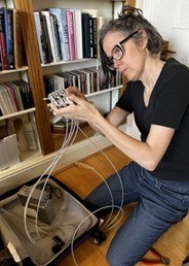
For the last seven years, I have wrestled with technology - with heat lamps, scent machines, and all manner of peculiarly novel things - to try and conjure the world of Judith’s childhood as she might have experienced and remembered it.
Last month I travelled back to Creative Growth in Oakland and showed what we have made to Judith’s twin Joyce, her extended family and many of the team at Creative Growth who knew and loved Judith. There was much delight in seeing Judith’s childhood brought to life in this new form, along with oceans of tears. Judith died in 2005 and her powerful presence as an artist at Creative Growth is still very much missed.
I am excited to show Inside: The Childhood of an Artist at Bristol Old Vic next month, and am looking forward to seeing how audiences respond to this new, multisensory approach to biography. I am especially grateful that, thanks to Joyce Scott’s generosity, we are able to exhibit one of Judith’s most touching sculptures alongside the premiere of the film, enabling audiences to have an up-close, private view of her work as part of their experience.
